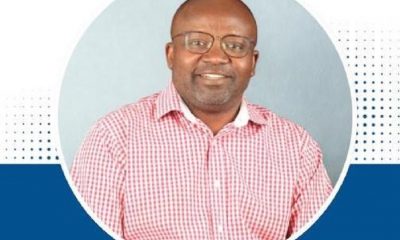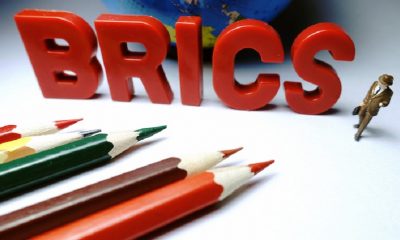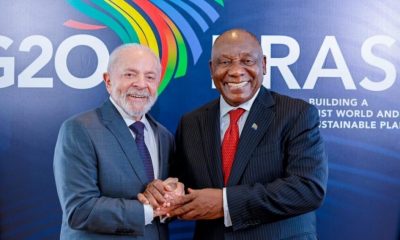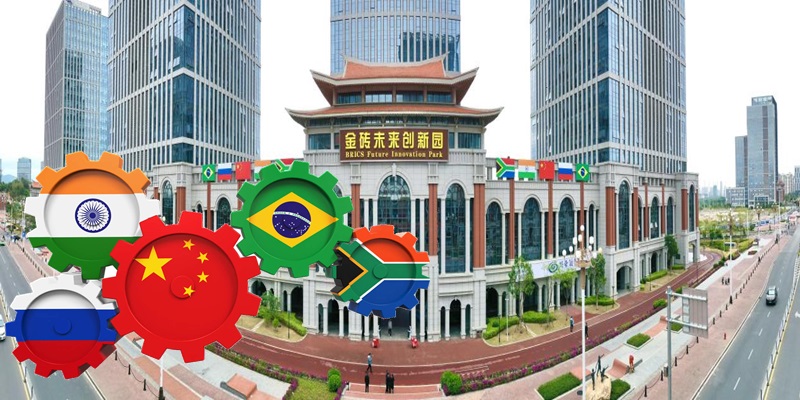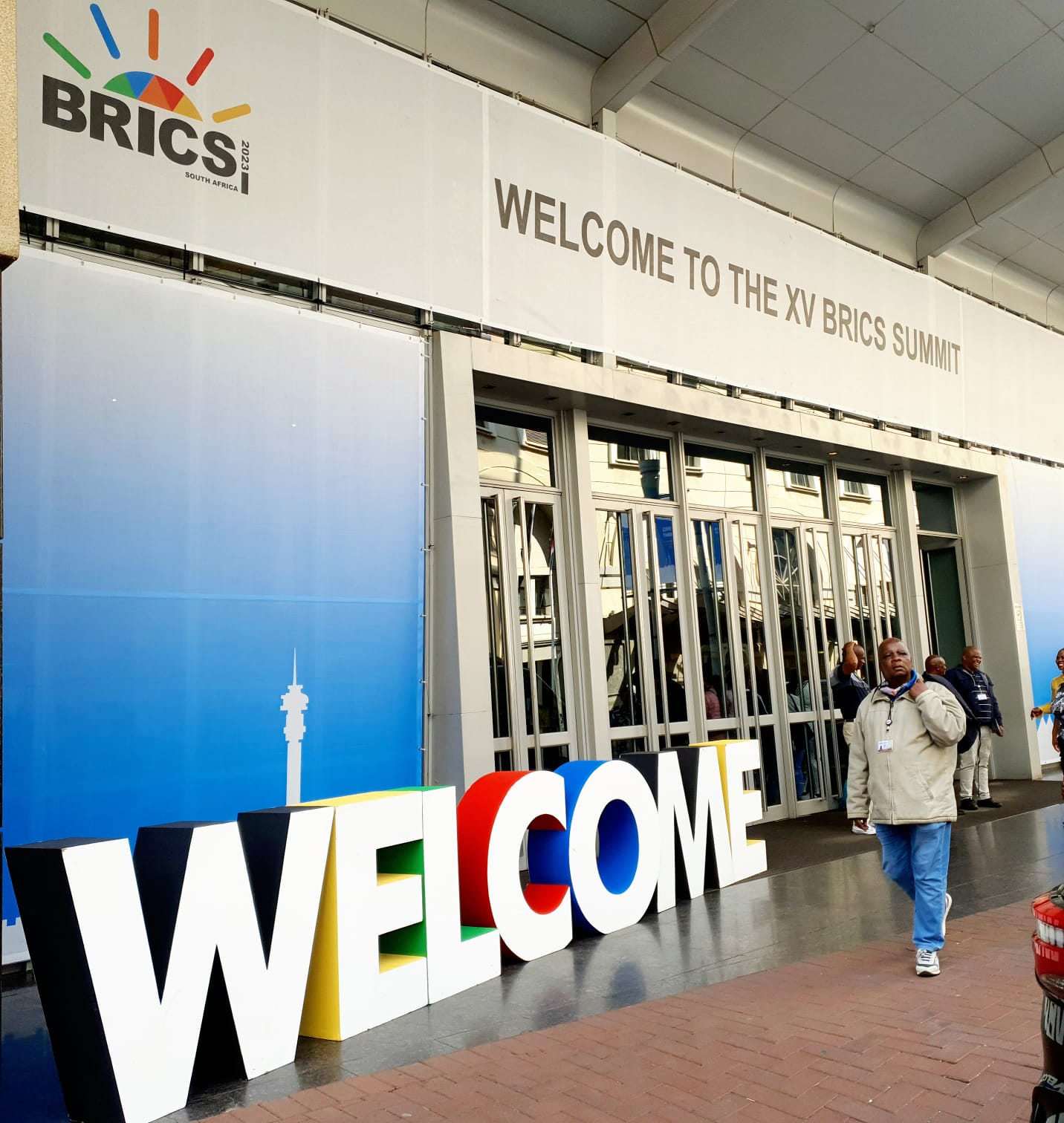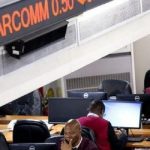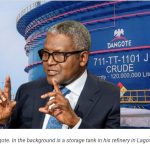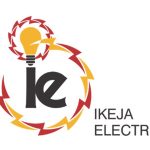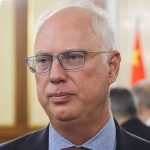World
Understanding BRICS, WHO and COVID-19

By Kester Kenn Klomegah
The World Health Organization (WHO), establish to tackle global health problems, is mobilizing for additional funds to overcome coronavirus which it declared pandemic late January 2020.
The coronavirus pandemic has, undoubtedly, changed the ways of life, impacted on the capacities of health infrastructure and has disrupted the economic supply value chain with attendant negative impact on global economies. As the world grapples with the challenges of the coronavirus, there is a need for solidarity, unity of purpose and better coordination to overcome this common enemy.
In order to find long-term and sustainable solutions to the pandemic, WHO has been collaborating with the United Nations, the International Monetary Fund and the World Bank, and regional organizations such as African Union, G20 and BRICS. Besides, there is a strong cooperation in the format Russia-India-China (RIC). It is also making ways through bilateral and multilateral mechanisms.
Foreign countries are contributors to the functioning of World Health Organization. For example, U.S. is the single largest funder of the organization, providing more than $400 million each year – about 15% of its total budget. WHO has come under criticisms. Many countries especially the United States and Britain, believe that WHO’s reluctance to confront China over its handling of the coronavirus outbreak is the reason it has now become a pandemic.
As the world leaders pledged to accelerate work on tests, drugs and vaccines against COVID-19 and to share them around the globe, the United States stayed away from an initiative launched on April 24 by the World Health Organization.
According to Reuters report, French President Emmanuel Macron, German Chancellor Angela Merkel and South African President Cyril Ramaphosa were among those who joined a video conference to launch what the WHO billed as a “landmark collaboration” to fight the pandemic. Leaders from Asia, the Middle East and the Americas also joined the videoconference, but several big countries did not participate, including China, India and Russia.
The aim is to speed development of safe and effective drugs, tests and vaccines to prevent, diagnose and treat COVID-19, the lung disease caused be the novel coronavirus – and ensure equal access to treatments for both rich and poor. “We are facing a common threat which we can only defeat with a common approach,” WHO Director General, Tedros Adhanom Ghebreyesus, said as he opened the virtual meeting.
South African leader Cyril Ramaphosa is the chair of the African Union. Currently, Russia holds the rotating chair of BRICS. BRICS is also coordinating efforts of its members to help in finding solution to COVID-19. Russia, India and China are in very strong positions in the group or association. China and India have huge population. Despite its vast territory, Russia’s population is slightly higher than Japan in the Pacific Ocean.
China, a leading global player and business footprint, said it would donate a further $30 million to the World Health Organization, which is seeking more than $1 billion to fund its battle against the coronavirus pandemic that has killed more than 180,000 people worldwide. “At this crucial moment, supporting WHO is supporting multilateralism and global solidarity,” Hua Chunying, spokeswoman of China’s Foreign Ministry, said on Twitter.
The donation aimed to support the global fight against COVID-19, in particular strengthening health systems in developing countries, she said, adding that China had already donated $20 million to the WHO on March 11.
According to an executive decree posted to Kremlin’s website, Russia will contribute $1 million to the World Health Organization (WHO) to fight the coronavirus. “Allocate budget funding of $1 million from the federal budget for one-time voluntary contribution to the World Health Organization for coronavirus infection fight measures implementation,” the document reads.
The same decree earmarks about $804,795 to fund expenses of the Vector Institute and the Central Research Institute of Epidemiology, “connected to production and shipment of tools for laboratory diagnosis of the novel coronavirus infection, and material and technical support to countries of Eastern Europe, Trans-Caucasus, Central and Southeast Asia, the Middle East, Africa and South America.”
As stipulated by the guidelines, Russia assumed the rotating presidency of the BRICS (Brazil, Russia, India, China and South Africa) regional association since January, 2020. BRICS has established as a multilateral structure, and as reliable association pushing for fair, democratic and multipolar world order.
Russia continues to expand strategic partnership of the organization, working on strengthening foreign policy coordination on various multilateral platforms. Russian Foreign Minister Sergey Lavrov heads the foreign ministers of the BRICS association of countries. On April 28, this group plans to hold an extraordinary videoconference to exchange opinions on possible joint measures to oppose the coronavirus pandemic.
“At Russia’s initiative, the foreign policy chiefs of the BRICS countries will hold an extraordinary conference in a video format under Russian Foreign Minister Sergey Lavrov’s chairmanship on April 28,” the Foreign Ministry said in a statement.
The foreign ministers will “focus on aspects of the influence of the crisis prompted by the outbreak of the coronavirus infection on international relations. The ministers will exchange opinions on possible joint measures the five countries could take to oppose Covid-19 and address the financial, trade-economic, and social consequences of the pandemic,” the statement said.
“The parties will also consider relevant aspects of the development of a five-sided strategic partnership, including a calendar of events during Russia’s presidency of the BRICS this year,” it said.
Russian Deputy Foreign Minister Sergey Ryabkov said during an online launch of the Moscow-based Higher School of Economics’ report on Russia’s foreign policy, “Our organization keeps an eye on the fight against COVID-19. Russia considers various aspects of the issue during its chairmanship of BRICS. Health experts maintain contacts. We will also consider various political aspects of the situation within BRICS.”
The Russian diplomat added that BRICS was an appropriate platform for such cooperation, “given the scientific capabilities of its members, particularly in the fields of healthcare and pharmaceutical industry.” “Each of the countries is making its own contribution to these efforts. We will bring it all together during our chairmanship so that at the end of the year we can say that BRICS has made another step forward,” Ryabkov emphasized.
On April 23, TASS report said that BRICS member states could increase their funding of the World Health Organization and expand medical cooperation with other states due to the US decision to withdraw its contributions to the organization.
“A few days ago, the US announced that it would withdraw or suspend funding of the World Health Organization. BRICS states could make a statement, in which they would announce their increased contributions to this organization that plays a central role in the global anti-pandemic governance,” according to Dmitry Suslov, deputy head of the Center for Comprehensive European and International Studies of the Higher School of Economics National Research University. “BRICS states could announce further coordination in their approaches to aiding other states, states with weaker healthcare systems than those of BRICS states.”
The expert stressed that the spread of the disease in less developed countries would threaten the security of BRICS member states. Suslov, however, noted that BRICS is interested in strengthening the healthcare system in such states.
Cui Zheng, deputy head of the Research Center for the Economies and Politics of Transitional Countries at Liaoning University, expressed a similar opinion. He noted that China actively helps their partners within BRICS to combat the novel coronavirus pandemic.
“The most important thing for us is international cooperation within BRICS. The member states have clearly stated their solidarity, uniting in the fight against the coronavirus,” the expert stated. “Not only do China and Russia actively help each other, they are supplying materials needed to combat the coronavirus to other states.”
While coronavirus is currently the urgent task, reiterating here that, besides all, the BRICS is interested in increasing financial and economic cooperation among the participating countries, effective industrial interaction and practical cooperation in developing and implementing new joint energy, telecommunications and high-tech projects.
The coronavirus disease appeared first in 2019 in Wuhan city in China. The disease was, first identified in Wuhan and Hubei, both in China early December 2019. The original cause still unknown, it remains a puzzle and an enigma for the world scientific community. Since then, cases of the novel coronavirus – named COVID-19 by the WHO – have spread around the world.
According to the latest statistics, over 2,700,000 people have been infected worldwide and more than 191,000 deaths have been reported. In addition, so far, over 750,000 individuals have recovered from the illness across the globe.
The BRICS member countries (Brazil, Russia, India, China and South Africa) collectively represent about 26% of the world’s geographical area and are home to 3.6 billion people, about 42% of the world’s population and a combined nominal GDP of $16.6 trillion.
Kester Kenn Klomegah writes frequently about Russia, Africa and the BRICS.
World
TikTok Signs Deal to Avoid US Ban
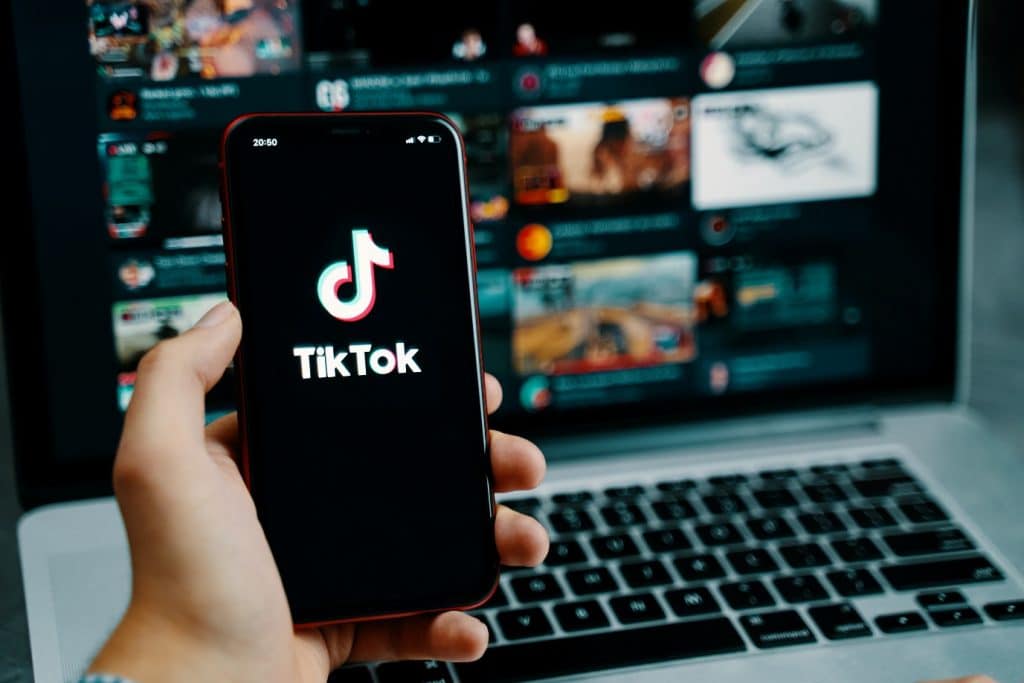
By Adedapo Adesanya
Social media platform, TikTok’s Chinese owner ByteDance has signed binding agreements with United States and global investors to operate its business in America.
Half of the joint venture will be owned by a group of investors, including Oracle, Silver Lake and the Emirati investment firm MGX, according to a memo sent by chief executive, Mr Shou Zi Chew.
The deal, which is set to close on January 22, 2026 would end years of efforts by the US government to force ByteDance to sell its US operations over national security concerns.
It is in line with a deal unveiled in September, when US President Donald Trump delayed the enforcement of a law that would ban the app unless it was sold.
In the memo, TikTok said the deal will enable “over 170 million Americans to continue discovering a world of endless possibilities as part of a vital global community”.
Under the agreement, ByteDance will retain 19.9 per cent of the business, while Oracle, Silver Lake and Abu Dhabi-based MGX will hold 15 per cent each.
Another 30.1 per cent will be held by affiliates of existing ByteDance investors, according to the memo.
The White House previously said that Oracle, which was co-founded by President Trump’s supporter Larry Ellison, will license TikTok’s recommendation algorithm as part of the deal.
The deal comes after a series of delays.
Business Post reported in April 2024 that the administration of President Joe Biden passed a law to ban the app over national security concerns, unless it was sold.
The law was set to go into effect on January 20, 2025 but was pushed back multiple times by President Trump, while his administration worked out a deal to transfer ownership.
President Trump said in September that he had spoken on the phone to China’s President Xi Jinping, who he said had given the deal the go ahead.
The platform’s future remained unclear after the leaders met face to face in October.
The app’s fate was clouded by ongoing tensions between the two nations on trade and other matters.
World
United States, Russia Resolving Trade Issues, Seeking New Business Opportunities
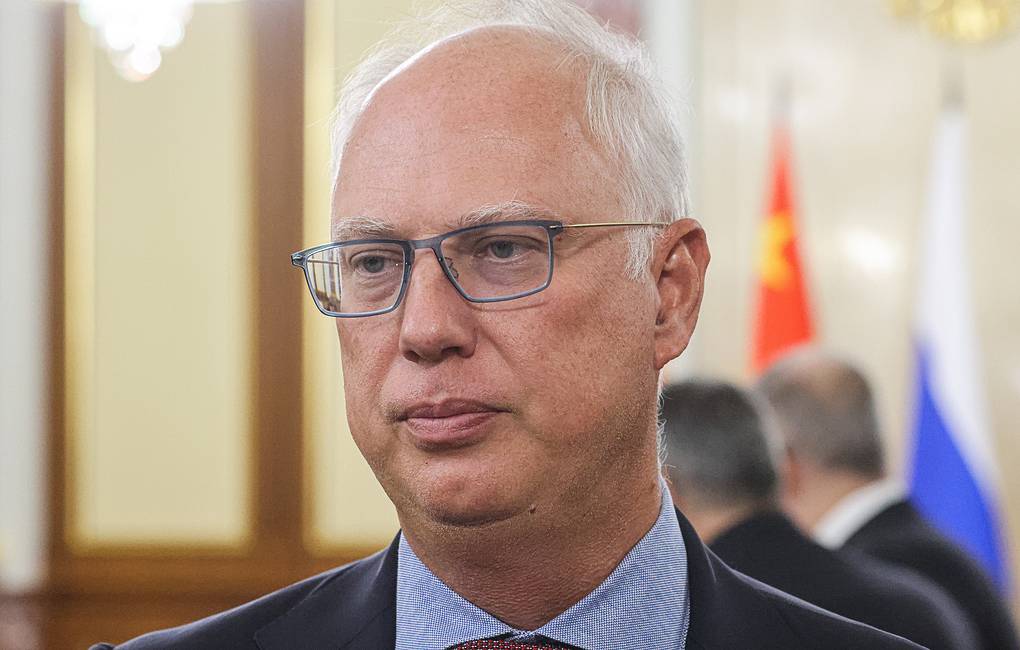
By Kestér Kenn Klomegâh
Despite the complexities posed by Russia-Ukraine crisis, United States has been taking conscious steps to improve commercial relations with Russia. Unsurprisingly, Russia, on the other hand, is also moving to restore and normalise its diplomacy, negotiating for direct connections of air-routes and passionate permission to return its diplomats back to Washington and New York.
In the latest developments, Kirill Dmitriev, Chief Executive Officer of the Russian Direct Investment Fund (RDIF), has been appointed as Russian President’s Special Envoy to United States. This marked an important milestone towards raising bilateral investment and economic cooperation. Russian President Vladimir Putin tasked him to exclusively promote business dialogue between the two countries, and further to negotiate for the return of U.S. business enterprises. According to authentic reports, United States businesses lost $300+ bn during this Russia-Ukraine crisis, while Russia’s estimated 1,500 diplomats were asked to return to Moscow.
Strategically in late November 2025, the American Chamber of Commerce in Russia (AmCham) has awarded Kirill Dmitriev, praised him for calculated efforts in promoting positive dialogue between the United States and Russia within the framework decreed by President Vladimir Putin. Chief Executive Officer of Russian Direct Investment Fund (RDIF) Kirill Dmitriev is the Special Representative of the Russian President for Economic Cooperation with Foreign Countries. Since his appointment, his primary focus has been on United States.
“Received an American Chamber of Commerce award ‘For leadership in fostering the US-Russia dialogue,’” Dmitriev wrote on his X page, in late November, 2025. According to Dmitriev, more than 150 US companies are currently operating in Russia, with more than 70% of them being present on the Russian market for over 25 years.
In addition, Chamber President Sergey Katyrin and American Chamber of Commerce in Russia (AmCham) President Robert Agee have also been discussing alternatives pathways to raise bilateral business cooperation. Both have held series of meetings throughout this year, indicating the the importance of sustaining relations as previously. Expectedly, the Roscongress Foundation has been offered its platforms during St. Petersburg International Economic (SPIEF) for the American Chamber of Commerce (AmCham).
On December 9, Sergey Katyrin and Robert Agee noted that, despite existing problems and non-economic obstacles, the business communities of Russia and the United States proceed from the necessity of maintaining professional dialogue. Despite the worsening geopolitical conditions, Sergey Katyrin and Robert Agee noted the importance of preserving stable channels of trade and pragmatic prospects for economic cooperation. These will further serve as a stabilizing factor and an instrument for building mutual trust at the level of business circles, industry associations, and the expert community.
The American Chamber of Commerce (AmCham) will be working in the system of the Chamber of Commerce and Industry (CCI) in the Russian Federation, which currently comprises 57,000 legal entities, 130 regional chambers and a combined network of representative offices covering more than 350 points of presence.
According to reports obtained by this article author from the AmCham, promising sectors for Russian-American economic cooperation include healthcare and the medical industry, civil aviation, communications/telecom, natural resource extraction, and energy/energy equipment. The United States and Russia have, more or less, agreed to continue coordinating their work to facilitate the formation of a more favorable environment for Russian and American businesses, reduce risks, and strengthen business ties. Following the American-Russian Dialogue, a joint statement and working documents were adopted.
World
Reviewing the Dynamics of Indian–Russian Business Partnership
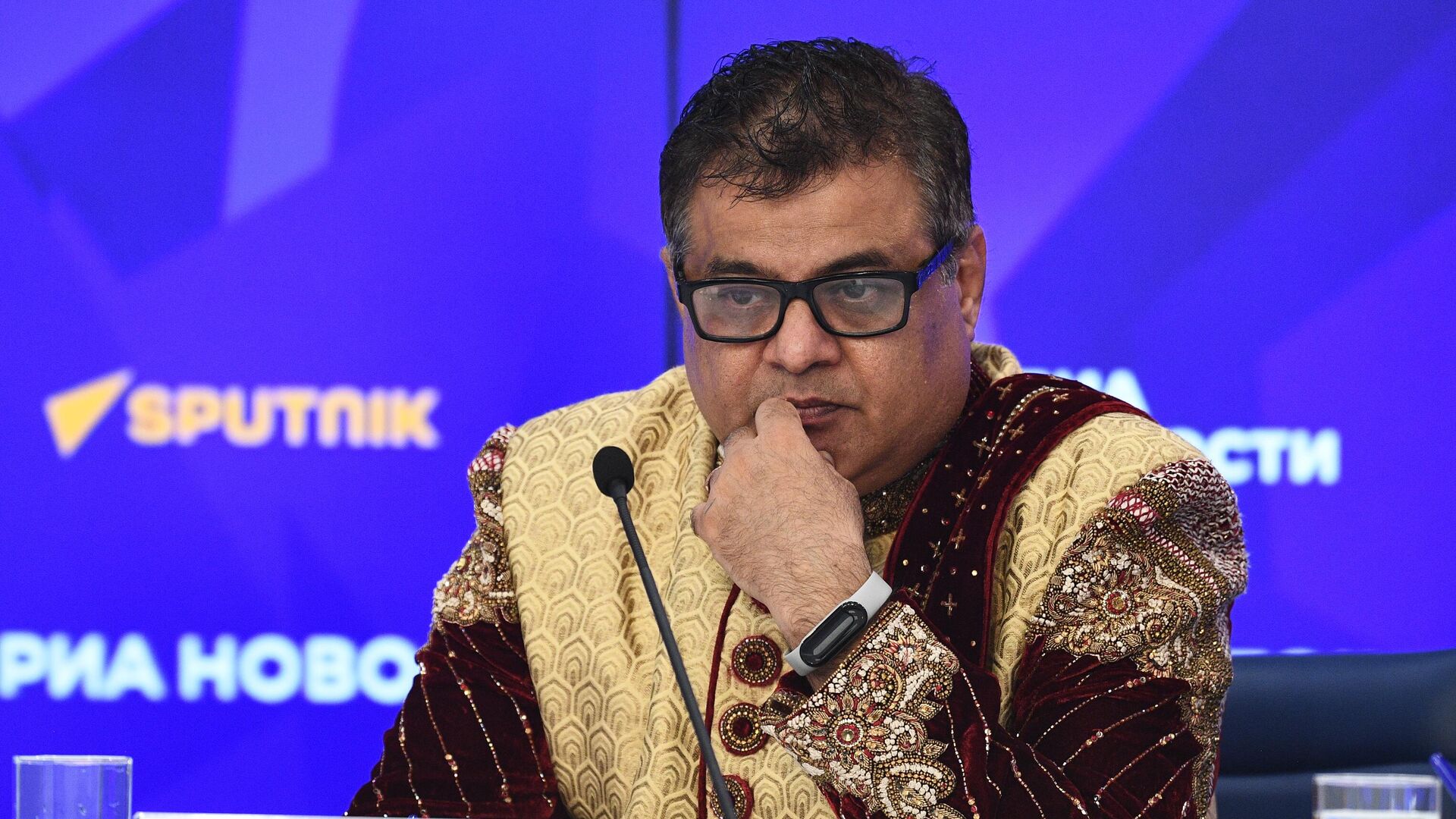
By Kestér Kenn Klomegâh
The Executive President of the Indian Business Alliance (IBA), Sammy Manoj Kotwani, discusses the landmark moment in deepening Russian-Indian collaboration. Kotwani explains the groundbreaking insights into President Vladimir Putin’s working visit to India, the emerging opportunities and pathways for future cooperation, especially for the two-sided economic collaboration. Follow Sammy Manoj Kotwani’s discussions here:
Interpretation of the latest development in Russian-Indian relations
From my viewpoint in Moscow, this visit has effectively opened a new operational chapter in what has always been described as a “Special and Privileged Strategic Partnership.” It did not just reaffirm political goodwill; it translated that goodwill into a structured economic roadmap through Programme 2030, a clear target to take bilateral trade to around USD 100 billion by 2030, and concrete sectoral priorities: energy, nuclear cooperation, critical minerals, manufacturing, connectivity, fertilizers, and labour mobility.
On the ground, the business community reads this summit as a strong signal that India and Russia are doubling down on strategic autonomy in a multipolar world order. Both sides are trying to de-risk their supply chains and payment systems from over-dependence on any single centre of power. This is visible in the focus on national currencies, alternative payment mechanisms, and efforts to stabilise Rupee–Ruble trade, alongside discussions on a Free Trade Agreement with the Eurasian Economic Union and the reinforcement of corridors like the INSTC and the Chennai–Vladivostok route.
In short, my interpretation is that this summit has moved the relationship from “politically excellent but structurally imbalanced” towards a more diversified, long-term economic framework in which companies are expected to co-produce, co-innovate, and invest, not just trade opportunistically.
Significance of the visit for Indian business in Russia and for the Indian Business Alliance (IBA)
For Indian business operating in the Russian Federation, the visit has three immediate effects: confidence, clarity, and continuity. Confidence, because Indian entrepreneurs now see that despite external pressure, New Delhi and Moscow have explicitly committed to deepening economic engagement—especially in energy, fertilizers, defence co-production, nuclear, and critical minerals—rather than quietly scaling it back.
Clarity, because the summit outcomes spell out where the real opportunities lie:
Energy & Petrochemicals: Long-term crude and LNG supply, but also downstream opportunities in refining, petrochemicals, and logistics, where Indian EPC and service companies can participate.
Pharmaceuticals & Medical Devices: Russia’s import substitution drive makes high-quality Indian generics, formulations, and even localized manufacturing extremely relevant.
IT, Digital & AI: There is growing appetite in Russia for Indian IT services, cybersecurity, and digital solutions that are not dependent on Western tech stacks.
Fertilizers, Agro & Food Processing: New joint ventures in fertilizers and agriculture supply chains were explicitly flagged during and around the summit, which is important for both food security and farm incomes.
Continuity, because the Programme 2030 framework and the expected EAEU FTA give businesses a medium-term policy horizon. Tariff reductions, improved market access and predictable regulation are precisely what Indian SMEs and mid-sized companies need to justify long-term investments in Russia.
For the Indian Business Alliance (IBA), this inevitably means more work and more responsibility. We already see increased incoming requests from Indian firms—from large listed companies to first-time exporters—asking very practical questions: Which Russian region should we enter? How do we navigate compliance under the sanctions environment? Which banks are still handling Rupee–Ruble or third-currency settlements? How can we structure joint ventures to align with Russia’s import substitution goals while protecting IP and governance standards?
IBA’s role, therefore, becomes that of economic diplomacy in action: translating high-level summit language into actual B2B meetings, sectoral delegations, regional partnerships, and deal-making platforms such as the India–Russia Business Dialogue in Moscow. This visit will undoubtedly stimulate and intensify IBA’s work as a bridge between the two ecosystems.
India’s current economic presence in the Russian Federation
If we look beyond the headline trade figures, India’s economic presence in Russia today is significant, but not yet commensurate with its potential. Bilateral trade has grown sharply since 2022, largely on the back of discounted Russian oil and coal, making India one of Russia’s top energy customers. However, the structure is still heavily skewed: Russian exports to India dominate, while Indian exports and investments in Russia remain relatively modest and under-diversified.
On the ground in Moscow and across the regions, we see several strong Indian footholds:
Pharmaceuticals: Indian pharma is well-established, respected for its affordability and quality, and poised to deepen localization in line with Russian import substitution policy.
Tea, Coffee, Spices & Food: Traditional segments with deep historical roots, now expanding into ready-to-eat, wellness, and ethnic food categories.
IT & Services: Still under-represented, but with growing interest as Russian entities look for non-Western software, integration, and outsourcing partners.
Diamonds, Textiles, Apparel, and Light Engineering: Present but fragmented, with enormous room to scale, especially if logistics and payment challenges are addressed.
Where India is still behind is on-the-ground investment and manufacturing presence compared to countries like China. Russian policymakers today are clearly favouring investors who help them achieve technological sovereignty and local value addition. For serious Indian companies willing to commit capital, adapt to Russian standards, and accept the complexities of the current environment, this is a period of unusual opportunity. For purely transactional players looking for quick arbitrage, it is becoming progressively harder.
So, I would characterise India’s economic presence as: strategically important, quickly growing in value, but still under-leveraged in terms of depth, diversification, and localization.
Geopolitical pressure from Washington and future predictions
Pressure from Washington—through sanctions, secondary sanctions risk, financial restrictions, and now even tariff measures linked to India’s energy purchases from Russia—is undoubtedly a real and continuing challenge. It affects everything from shipping insurance and dollar transactions to technology transfers and the risk appetite of global banks. In practical terms, it can complicate even a simple India–Russia trade deal if it touches a sanctioned bank, vessel, or technology.
However, my own assessment, based on 35 years of living and working in Russia, is that this pressure will not fundamentally derail India–Russia friendship, but it will reshape how the relationship functions. India’s foreign policy is anchored in strategic autonomy; it seeks strong ties with the United States and Europe, but not at the cost of abandoning a time-tested partner like Russia. Russia, for its part, sees India as a crucial Asian pole in an emerging multipolar world order and as a long-term market, technology partner, and political counterpart in forums like BRICS, SCO, and the G20.
Looking ahead, I see a few clear trends:
Normalization of alternative payment and logistics systems
We will see more institutionalised use of national currencies, alternative messaging systems, regional banks outside the direct sanctions line, and maybe even digital currencies for specific corridors. Rupee–Ruble trade mechanisms that are today seen as “workarounds” will gradually become part of the normal infrastructure of bilateral commerce.
Shift from pure trade to co-production and joint innovation
To reduce vulnerability to sanctions, both sides will push for manufacturing in India and Russia rather than simple exports: defence co-development, localized pharma and medical devices, high-tech and AI collaborations, and joint ventures in critical minerals and clean energy.
Greater role for regions and business associations
Regional governments in Russia (Far East, Arctic regions, industrial hubs) and Indian states will increasingly drive project-level cooperation, supported by platforms like IBA. This “bottom-up” economic diplomacy will make the relationship more resilient than if it relied only on central governments.
Managed balancing by India
India will continue to deepen technology and investment ties with the West while maintaining energy, defence and strategic cooperation with Russia. The challenge will be to manage U.S. and EU expectations without compromising its core national interests. My prediction is that India will stay firm on this course of balanced engagement, even if it means occasional friction with Washington.
In essence, external pressure may complicate the methods of Indo-Russian cooperation, but it is unlikely to overturn the foundations of trust, mutual interest, and long-term complementarity that have been built over decades.
-

 Feature/OPED6 years ago
Feature/OPED6 years agoDavos was Different this year
-
Travel/Tourism9 years ago
Lagos Seals Western Lodge Hotel In Ikorodu
-

 Showbiz3 years ago
Showbiz3 years agoEstranged Lover Releases Videos of Empress Njamah Bathing
-

 Banking7 years ago
Banking7 years agoSort Codes of GTBank Branches in Nigeria
-

 Economy3 years ago
Economy3 years agoSubsidy Removal: CNG at N130 Per Litre Cheaper Than Petrol—IPMAN
-

 Banking3 years ago
Banking3 years agoFirst Bank Announces Planned Downtime
-

 Banking3 years ago
Banking3 years agoSort Codes of UBA Branches in Nigeria
-

 Sports3 years ago
Sports3 years agoHighest Paid Nigerian Footballer – How Much Do Nigerian Footballers Earn



